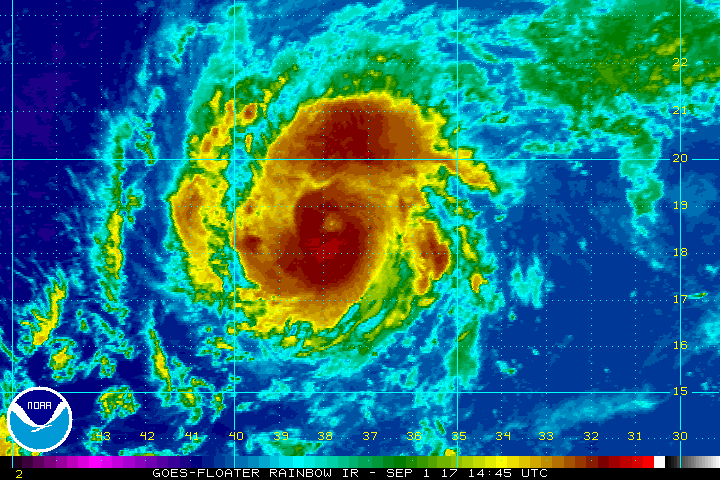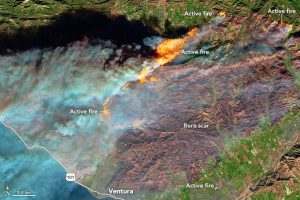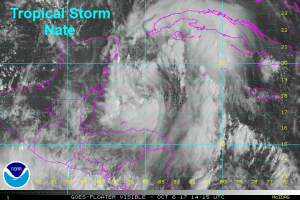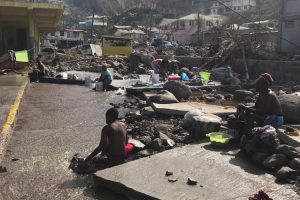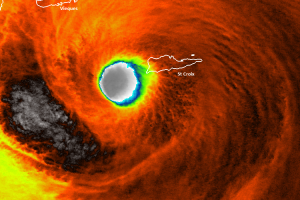In the wake of Hurricane Harvey which brought over 50 inches of rain to parts of Texas, it makes sense that some people are on edge, awaiting whatever storm may come to the U.S. next. Once Harvey began weakening, attention quickly turned to Hurricane Irma, which was upgraded to hurricane status on Thursday August 31.
Irma is not guaranteed to hit the U.S.
Hurricanes that approach the U.S. east coast form somewhere in the Atlantic ocean, and may end up hitting the U.S., or safely going out to sea.
As of August 31, Irma was three times the distance from the U.S. as it was from Africa.
People realize #Irma is 3 times closer to Africa than the U.S. right now…right? pic.twitter.com/u9hlFssa60
— Brad Panovich (@wxbrad) September 1, 2017
The National Weather Service on Friday tweeted its latest five-day forecast, showing Irma making some westerly curves towards the Dominican Republic and Puerto Rico. However, the storm is still at least five days away from coming close to those territories.
Keep your eyes out for fake forecasts. THIS is what an official NOAA advisory looks like. Note: forecast only goes out 5 days. #Irma pic.twitter.com/9k87y7jkMz
— NWS (@NWS) September 1, 2017
While hurricane forecasting technology has dramatically evolved in accuracy over the past several decades, we still cannot very accurately predict where a hurricane will go after around five days. At this point in time, it is not possible to predict that Hurricane Irma will impact the United States, as some on social media have claimed, such as this person on Facebook.
Seeing way too many bogus posts on FB about Hurricane Irma. NOBODY knows the final destination now, and nobody will for days… pic.twitter.com/zjCRLGHavn
— James Spann (@spann) September 1, 2017
Here’s what we don’t know
The major global weather models have what are called ensembles, meaning the forecasts are run a number of times with slightly different parameters. The major European weather model produced the following “spaghetti model” map, showing where all ensemble members might take the storm with the varying data.
Suffice it to say – it is far too early to be able to forecast an exact location or track for where Irma might be going – or not.
Good bet at a casino is an intense Hurricane Irma at Cat 4 or 5. But it's still red or black on U.S. impacts. Hope it's a "fish storm" pic.twitter.com/w6rWbbGVts
— Ryan Maue | weather.us (@RyanMaue) September 1, 2017
Key takeaway – don’t panic
While it’s possible that Irma could make landfall in the U.S., it’s also just as likely that it might not. Wait a few more days, and check back once the hurricane is within forecasting range. At that point, it will be possible to make scientifically-informed decisions on what preparations might or might not be needed. But until then: keep calm, and carry on.
Update, Tuesday August 5th: Forecasts for Hurricane Irma have increased the possibilities that the storm may impact some portion of the southeast United States.
https://kneecap.srepetsk.net/2017/09/05/irma-downgraded-to-tropical-storm-as-it-continues-to-bring-heavy-rain-and-wind-to-the-southeast/

